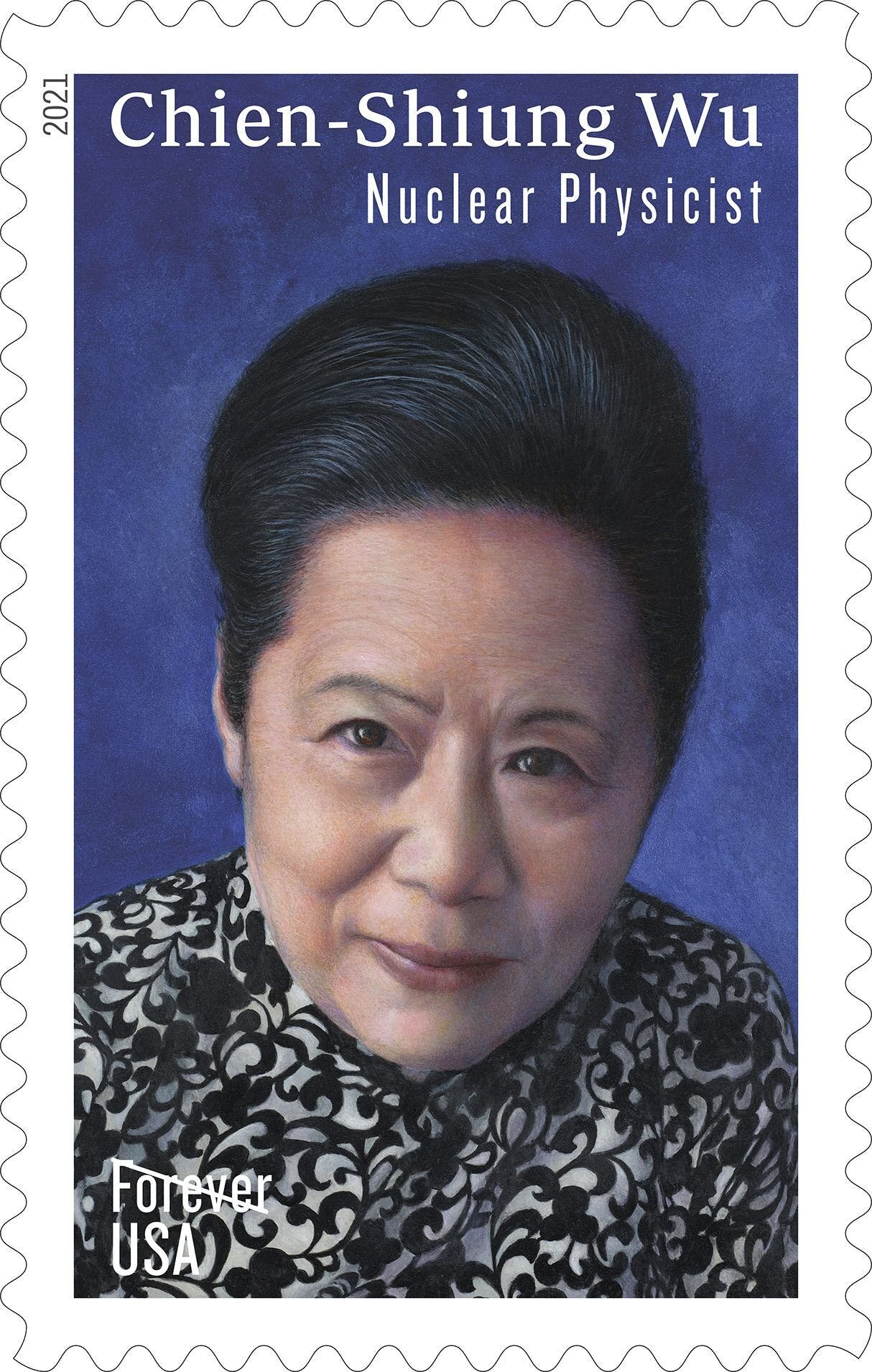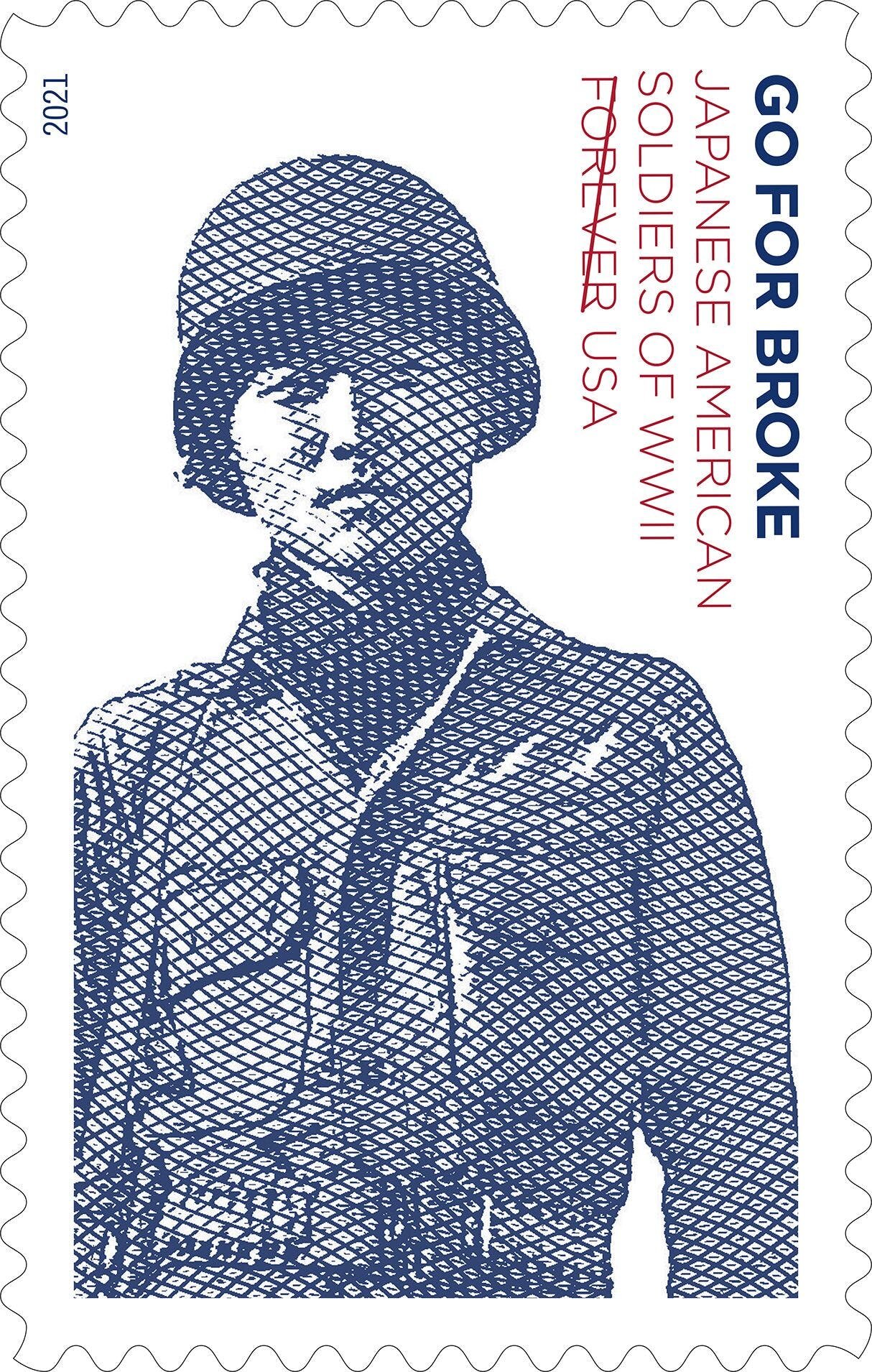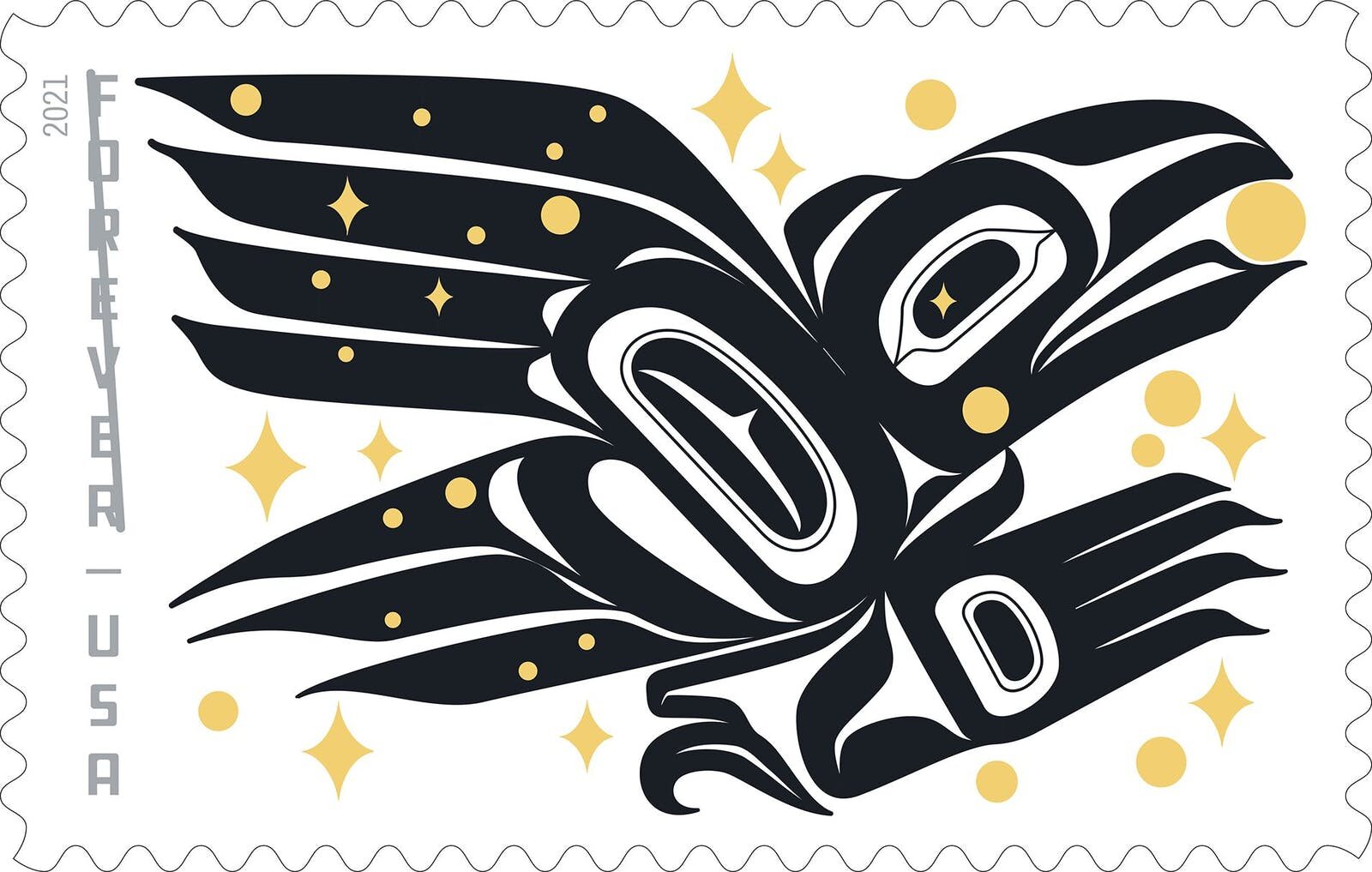The Intense Politics of Postage Stamps
This excerpt on postage stamp politics is from an article I wrote for The Black Sheep Agency. Read it all, friend - give it a click for more philatelic propaganda musings.
Let us celebrate tiny sheets of beauty, patriotism + philatelic propaganda we might take for granted everyday. They live in the recesses of our junk drawers, we lick them with abandon and then send them far, far away. Stamps might be making a comeback for some of us.
During this pandemic, the US Postal Service has been digging in deep to see the connective role of snail mail, we’re experiencing an interesting choice of a US Postmaster General who is still learning the value of a good postcard stamp and our communities have had some contentious conversations around the potential role of stamps as poll tax.
But postage stamps have long played many roles as reflections of American culture, offerings of whimsical beauty and strategic geopolitical influencers.
Fighting for diversity and inclusion through stamp design
What we see repeatedly influences what we believe to be “normal” and “acceptable” - so it’s compelling to see the communities reflected in USPS stamp design. The 2021 USPS stamp designs are an interesting reflection of who we are today and who we want to remember and celebrate from the past:
USPS stamp designers, through the oversight of the top-secret Citizens’ Stamp Advisory committee, help pen pals, collectors and everyday Americans just wanting to pay their electric bill channel their interests and points of view into the simple act of sending a little something by post.
Stamps as foreign relations propaganda pieces
But it’s not all love notes and water bills. As Matin Modarressi writes in the Journal of Cold War Studies, stamps played a pretty compelling role in Cold War era political propaganda.
Policymakers sought the humble postage stamp as a public relations tool to build support for the United States NATO membership by issuing a commemorative stamp for the third anniversary of NATO. This stamp was unveiled at a White House ceremony by President Truman and was then sold for 6 months as the default stamp (replacing president heads!) - in total the NATO stamp had a print run of 2.9 BILLION, versus the standard run of 110 million stamps.
The CIA is no stranger to stamp design, actively using them to semi-covertly show political support by leveraging American citizens’ mail as “tiny billboards”. The Champions of Liberty stamp series featured the Mayor of Berlin Ernst Reuter immediately following the Soviet 1958 ultimatum for Western military forces to withdraw from West Germany.
This series of international peacemakers (a rare honor in an American-face-rich USPS stamp world) also featured former Czechoslovakian president Tomáš Masaryk. This bold decision caused the Czechoslovak Socialist Republic to take great offense; they subsequently returned all American mail using this stamp unopened to show their outrage to the US State Department.
Stamps as street art copyright violations
Alessia Babrown street arts - photo credit: AP photographer Andrew Medichini
Tiny sheets of paper with a big punch, clearly I’m geeking out over this stuff. You can read more about the darker side of stamp politics in American history here, but I’ll leave you with this Vatican City stamp scandal as a reminder that even the Roman Catholic Church should have a stamp strategy. Wonder what happens when an 19th century painter, 21st century street artist (Alessia Babrow) and a special edition Jesus Easter stamp collide in copyright court.
Quick Summary:
Political propaganda comes in all shapes and sizes
Resources:









